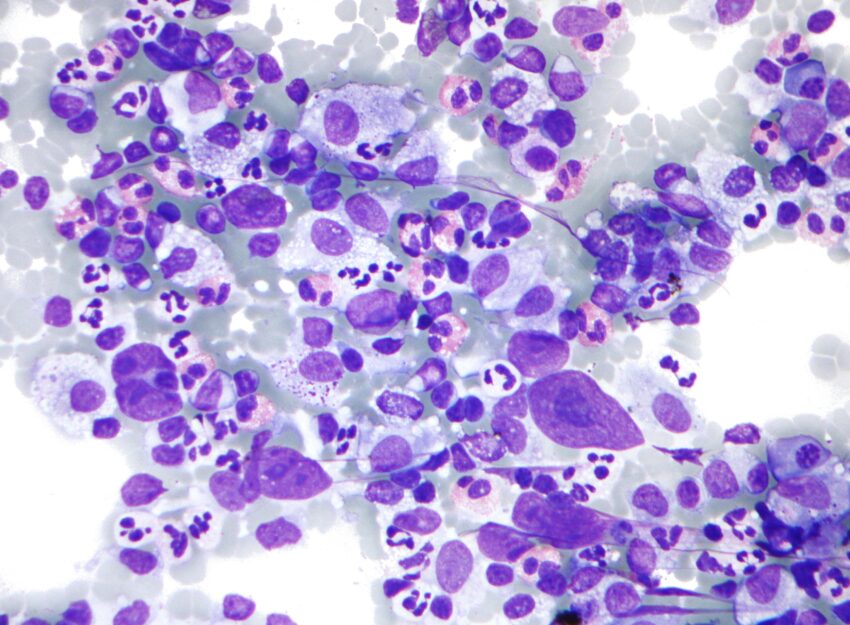Hodgkin’s lymphoma, also known as Hodgkin’s disease, is a type of cancer that originates in the lymphatic system – a crucial component of the immune system responsible for fighting infections and maintaining the body’s fluid balance. Although relatively rare, Hodgkin’s lymphoma is a serious and potentially life-threatening condition. This article aims to provide an overview of the disease, its symptoms, diagnosis, and treatment options, as well as ongoing research and advancements in the field.
The Lymphatic System and Hodgkin’s Lymphoma
The lymphatic system comprises lymph nodes, lymphatic vessels, and other organs such as the spleen, tonsils, and thymus. Lymph nodes contain immune cells called lymphocytes, which are essential for fighting infections. Hodgkin’s lymphoma specifically affects a subtype of these immune cells known as B lymphocytes or B cells.
Hodgkin’s lymphoma is characterized by the presence of abnormal, cancerous cells called Reed-Sternberg cells. These cells grow uncontrollably, forming tumors and impairing the lymphatic system’s ability to function effectively. The disease can progress and spread to other parts of the body if left untreated.
Symptoms and Diagnosis
The most common symptom of Hodgkin’s lymphoma is painless swelling of lymph nodes in the neck, armpits, or groin. Other symptoms may include:
- Persistent fatigue
- Unexplained weight loss
- Night sweats
- Fever
- Itchy skin
- Shortness of breath or chest pain
If a healthcare professional suspects Hodgkin’s lymphoma, they may perform a physical examination, blood tests, and imaging studies (such as X-rays, CT scans, or PET scans) to assess the extent of the disease. A biopsy of the affected lymph node is necessary to confirm the diagnosis and determine the specific type of Hodgkin’s lymphoma.
Staging and Treatment
Once Hodgkin’s lymphoma is diagnosed, the disease is classified into one of four stages, depending on the extent of its spread. Treatment options for Hodgkin’s lymphoma depend on the stage and subtype of the disease, as well as the patient’s overall health. Common treatment options include:
- Chemotherapy: The use of drugs to kill cancer cells or stop them from dividing.
- Radiation therapy: High-energy rays or particles used to destroy cancer cells.
- Immunotherapy: Medications that help the immune system recognize and attack cancer cells.
- Stem cell transplant: A procedure to replace damaged bone marrow with healthy stem cells, which can help the body produce new, healthy blood cells.
Prognosis and Survival Rates
The prognosis for Hodgkin’s lymphoma depends on several factors, including the stage of the disease, the patient’s age and overall health, and the effectiveness of treatment. Early diagnosis and treatment can lead to a better prognosis. The overall five-year survival rate for Hodgkin’s lymphoma is around 87%, and the 10-year survival rate is approximately 80%.
Advancements and Ongoing Research
Researchers are continually striving to improve treatment outcomes and minimize side effects for patients with Hodgkin’s lymphoma. Ongoing research includes the development of novel targeted therapies, the investigation of new drug combinations, and the refinement of stem cell transplant techniques. Additionally, advances in genomics and personalized medicine are expected to improve treatment strategies and patient outcomes in the future.
Hodgkin’s lymphoma is a rare but serious form of cancer that affects the lymphatic system. Early detection, accurate diagnosis, and appropriate treatment are essential for achieving the best possible outcomes. Ongoing research and advancements in the field hold the promise of improved treatment options and long-term survival rates for
